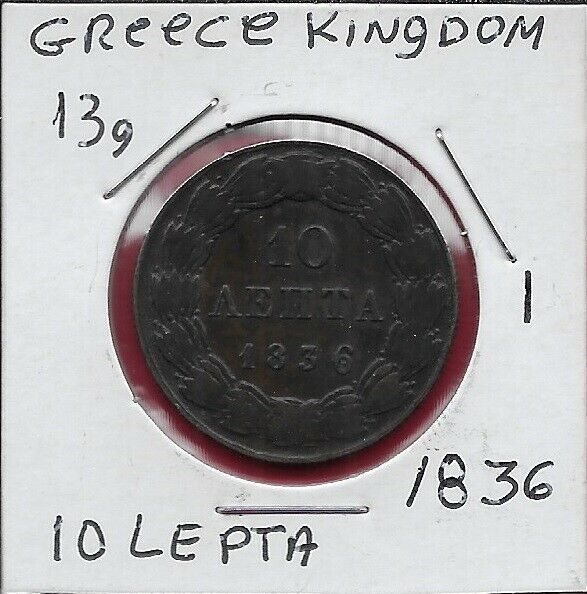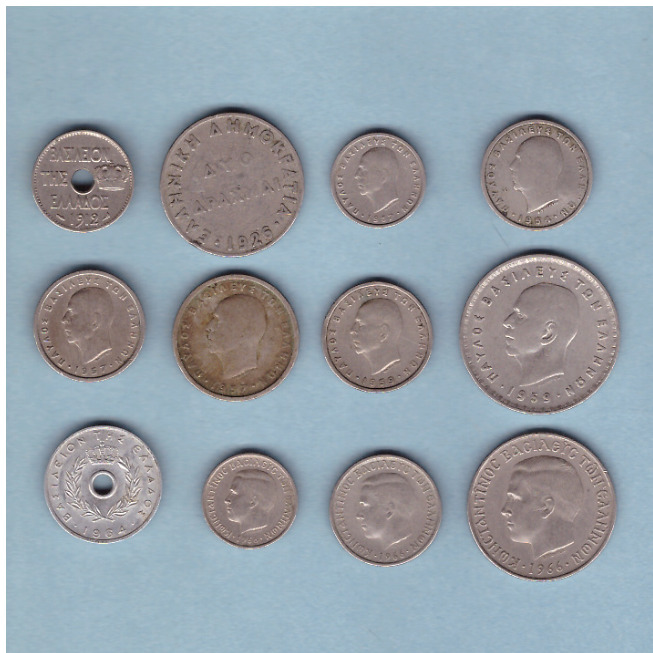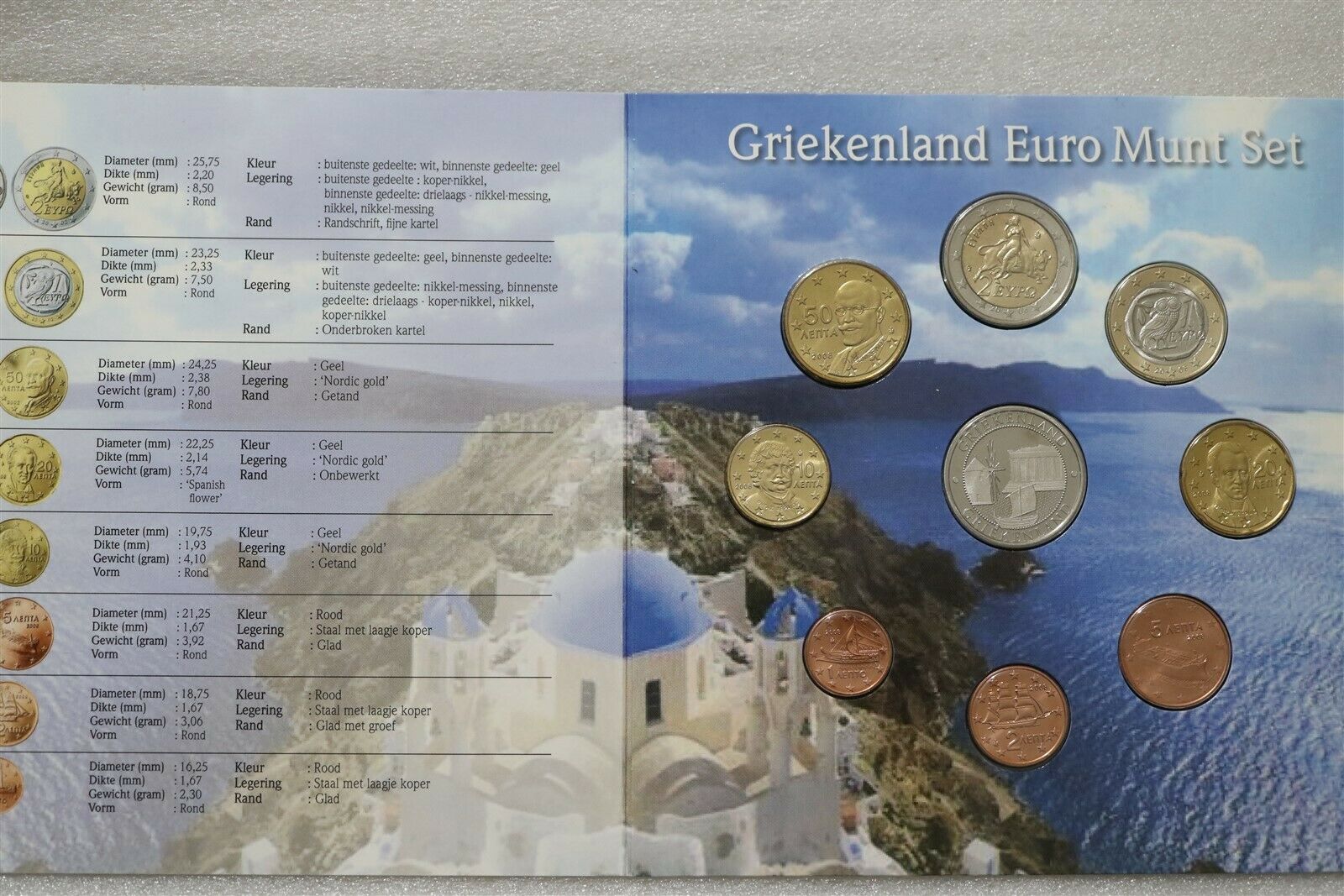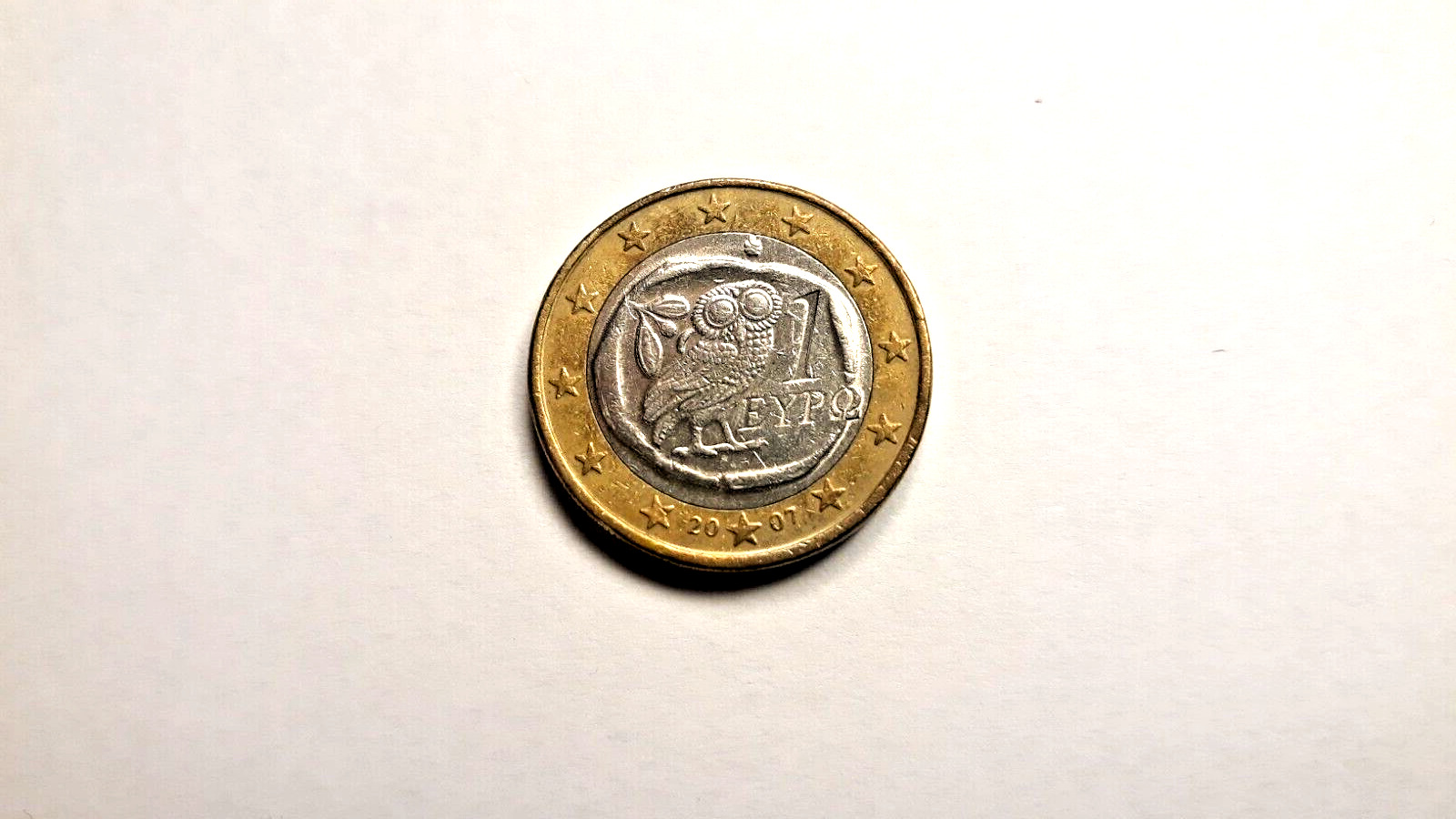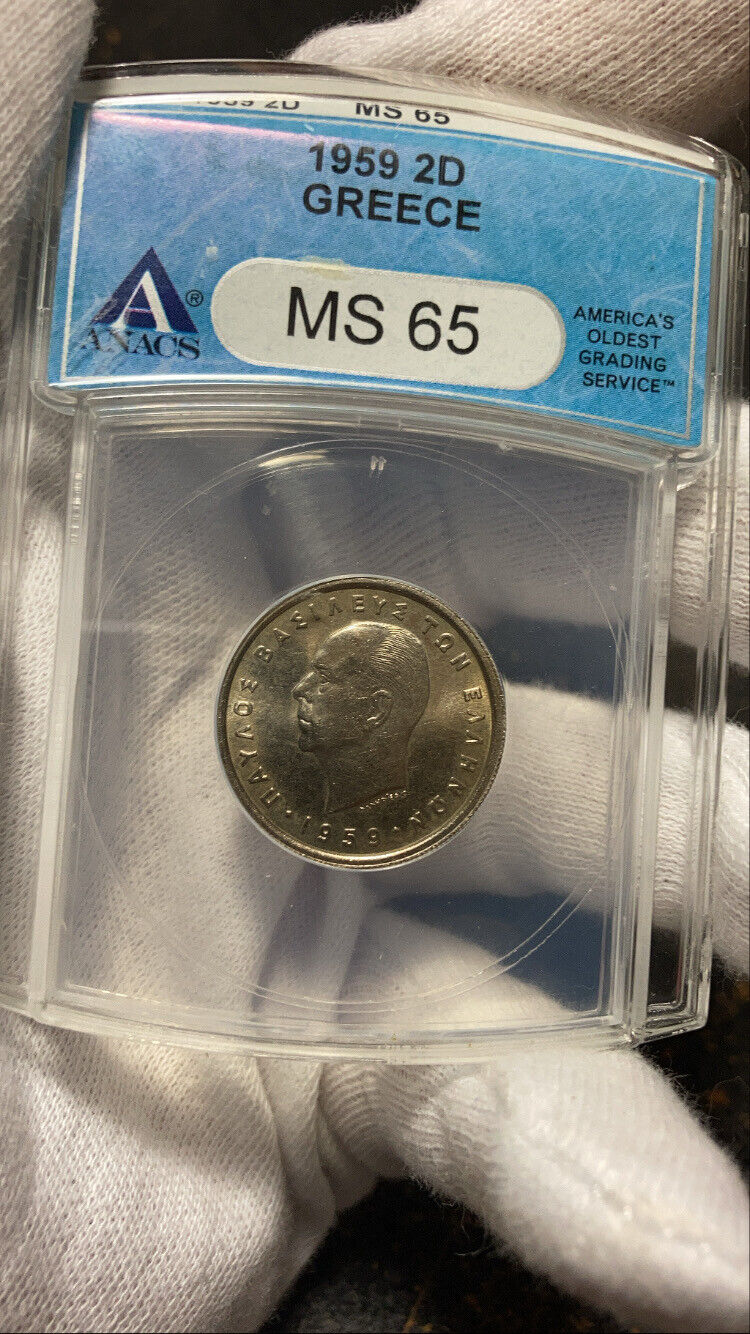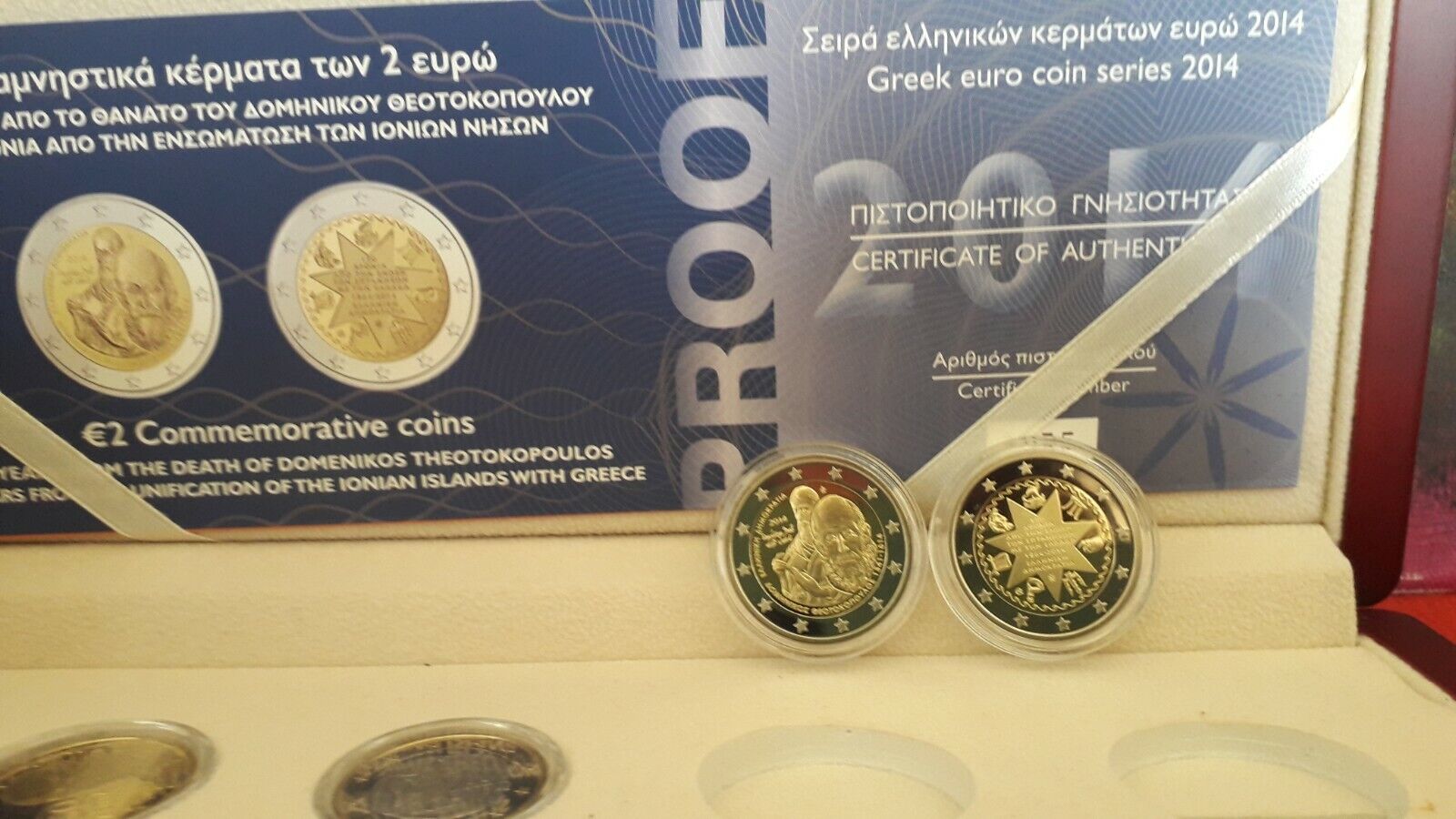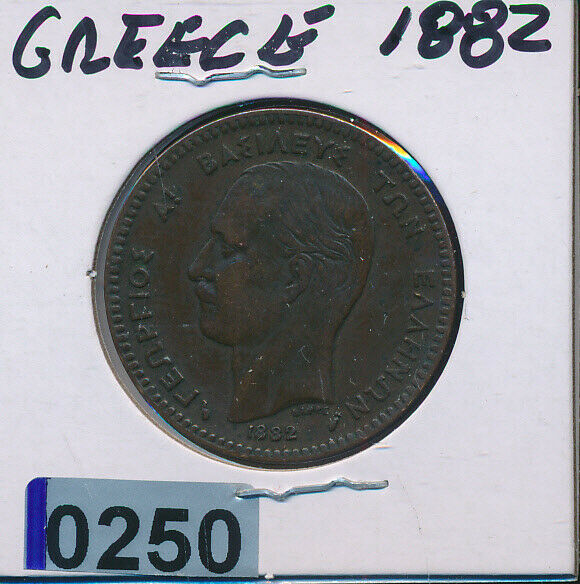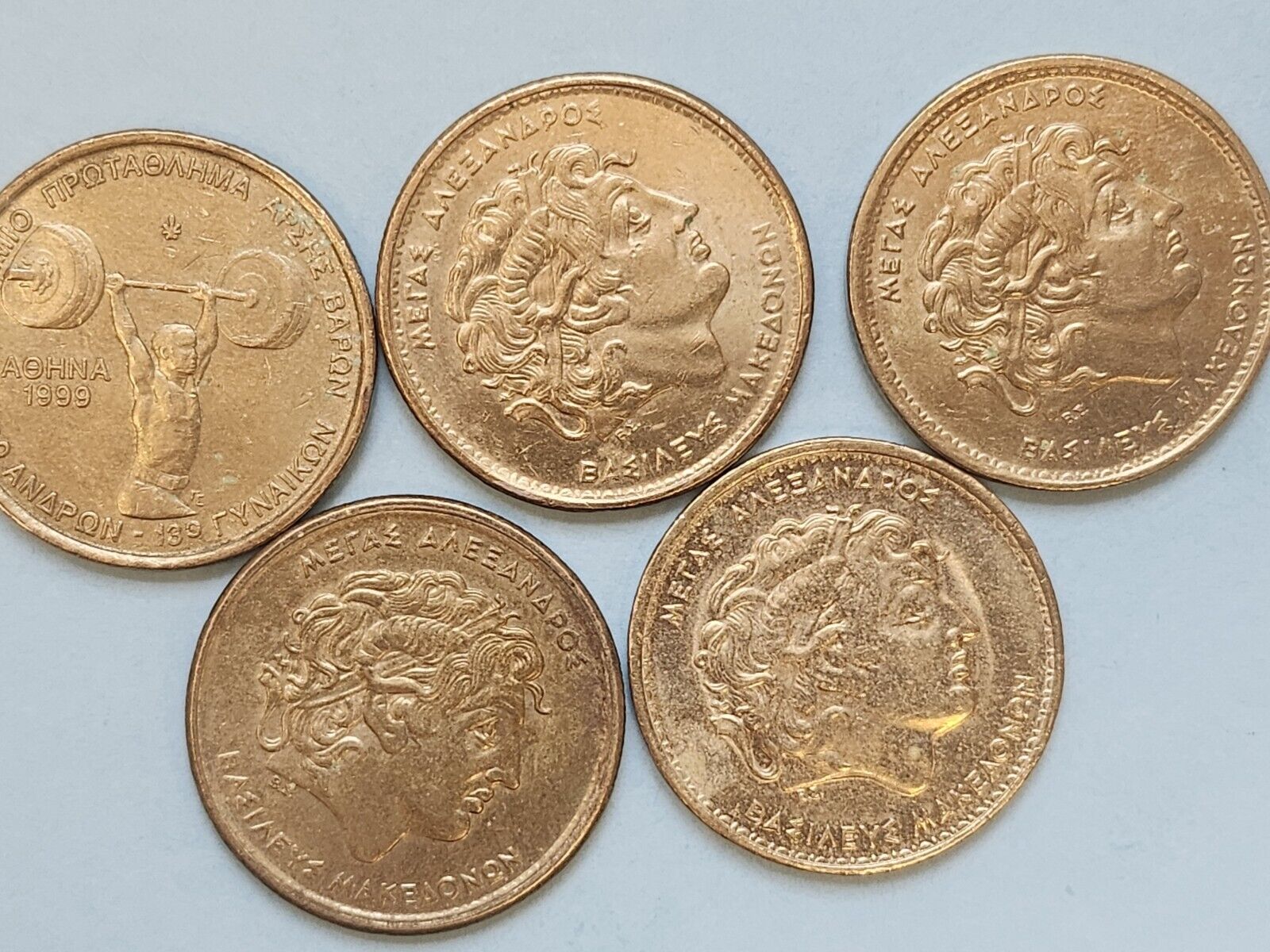-40%
UNC Silver Double-headed eagle 🔷 Greece 30 Drachmai 1964 🔷 Grece Griechenland
$ 9.96
- Description
- Size Guide
Description
The item on the pictures is the one that you will receive. Look carrefully and judge for your self for the quallity and the grade.S&h is .90 for all the world.
Each additional item is free.
If your country isn't on my shipping list,please contact me. If you are having problems with the ebay system or adding items to card so you can combine multiple purchases or any other question,please contact me whenever you like.
I have many other items not listed.
All from my personal collection.
If you want to see,just ask!
I AM NOT NEW ON EBAY.
I ALSO HAVE ANOTHER EBAY ACCOUNT, WITH MORE THAN 1800 (100%) POSITIVE FEEDBACKS.
SO......... YOU CAN BID WITH CONFIDENCE.
SELLER WITH 100% POSITIVE FEEDBACK.
In
heraldry
and
vexillology
, the
double-headed eagle
(or
double-eagle
) is a
charge
associated with the concept of
Empire
. Most modern uses of the symbol are directly or indirectly associated with its use by the
Byzantine Empire
, whose use of it represented the Empire's dominion over the Near East and the West. The symbol is much older, and its original meaning is debated among scholars. The
eagle
has long been a symbol of power and dominion.
The double-headed eagle or double-eagle is a
motif
that appears in
Mycenaean Greece
and in the
Ancient Near East
, especially in
Hittite iconography
. It re-appeared during the
High Middle Ages
, from around the 10th or 11th centuries, and was notably used by the
Byzantine Empire
, but 11th or 12th century representations have also been found originating from
Islamic Spain
,
France
and the Serbian principality of
Raška
. From the 13th century onward, it became even more widespread, and was used by the
Seljuk Sultanate of Rum
and the
Mamluk Sultanate
within the Islamic world, and within the Christian world by the
Holy Roman Empire
,
Serbia
, several medieval
Albanian noble families
and
Russia
.
Used in the
Byzantine Empire
as a dynastic emblem of the
Palaiologoi
, it was adopted during the Late Medieval to
Early Modern period
in the
Holy Roman Empire
on the one hand, and in
Orthodox
principalities (
Serbia
and
Russia
) on the other, representing an
augmentation
of the (single-headed)
eagle
or
Aquila
associated with the
Roman Empire
. In a few places, among them the Holy Roman Empire and Russia, the motif was further augmented to create the less prominent
triple-headed eagle
.
Mycenaean Greece
In
Mycenaean Greece
, evidence of the double-eagle motif was discovered in
Grave Circle A
, an elite Mycenaean cemetery; the motif was part of a series of gold jewelry, possibly a necklace with a repeating design.
[4]
Middle Ages
After the
Bronze Age collapse
, there is a gap of more than two millennia before the re-appearance of the double-headed eagle motif. The earliest occurrence in the context of the
Byzantine Empire
appears to be on a silk brocade dated to the 10th century, which was, however, likely manufactured in
Islamic Spain
;
[5]
similarly early examples, from the 10th or 11th century, are from
Bulgaria
[6]
and from
France
.
[7]
Byzantine Empire
Further information:
Aquila
and
Byzantine flags and insignia
The double-headed eagle device used by
John VIII Palaiologos
(r. 1425–1448)
Double-headed eagles on imperial vestments of Empress
Theodora Kantakouzene
, from the
Golden Bull
of Alexios III of Trebizond, mid-14th century.
The early
Byzantine Empire
continued to use the (single-headed)
imperial eagle
motif. The double-headed eagle appears only in the medieval period, by about the 10th century in Byzantine art,
[5]
but as an imperial emblem only much later, during the final century of the
Palaiologos dynasty
. In Western European sources, it appears as a Byzantine state emblem since at least the 15th century.
[8]
A modern theory, forwarded by Zapheiriou (1947), connected the introduction of the motif to Byzantine Emperor
Isaac I Komnenos
(1057–1059), whose family originated in
Paphlagonia
. Zapheiriou supposed that the Hittite motif of the double-headed bird, associated with the Paphlagonian city of
Gangra
(where it was known as
Haga
,
Χάγκα
) might have been brought to the
Byzantine Empire
by the
Komnenoi
.
[9]


